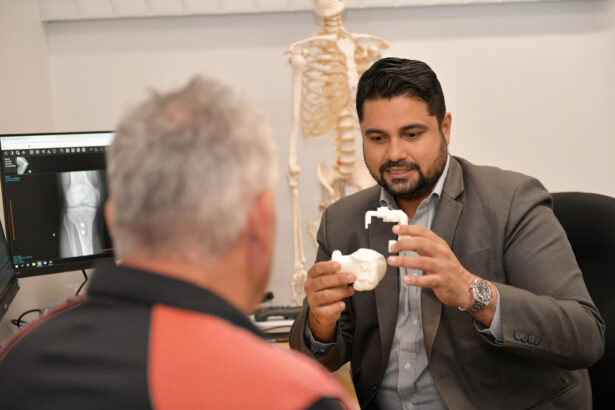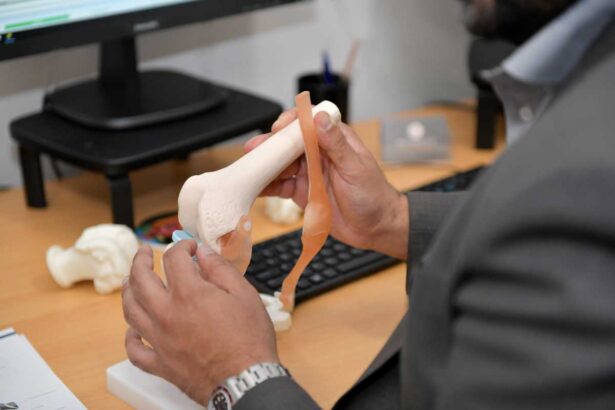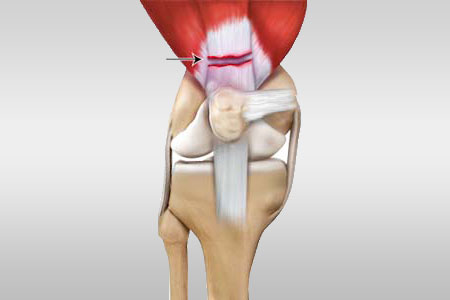
The meniscus is a soft, rubbery structure that is located between the femur and tibia in your knee. You actually have two menisci, one on the medial (inner) side of your knee and one on the lateral (outer) side. The meniscus serves multiple important functions in the knee. It acts as a shock absorber, helping to dissipate some of the force that occurs within the knee during activity. It also helps to stabilise the knee joint and assists with lubrication to keep the joint moving smoothly.
Tears in the meniscus can be described as simple or complex, and without proper treatment, the long-term consequences can include an increased risk of osteoarthritis. The severity and timing of arthritis development can depend on numerous factors, such as your age, activity levels, weight, and degree of meniscal damage however, this is typically a slow process that can take many years to develop. Once the meniscus is torn, it can no longer function as it should and unfortunately, the meniscus has a very poor blood supply, making it unlikely that it will heal on its own without surgery.
SURGERY
A meniscus repair is a surgical procedure that is done to repair the torn meniscus. Meniscus repair is typically performed arthroscopically, using small incisions and a camera. During the procedure, Dr Singh will examine the damaged meniscus and repair it using sutures or other devices to hold the torn edges together and promote healing. In some cases, Dr Singh may need to remove part of the damaged meniscus if it is too severely damaged or cannot be repaired. The choice of technique depends on the location and severity of the tear.
After the surgery, patients will need to follow a rehabilitation program that typically includes physiotherapy to help restore strength, mobility, and range of motion in the knee. The recovery times can vary depending on the extent of the damage and the specific procedures performed but most patients can usually return to normal activities within a few months.
 Christmas Operating Hours
Christmas Operating Hours 






















